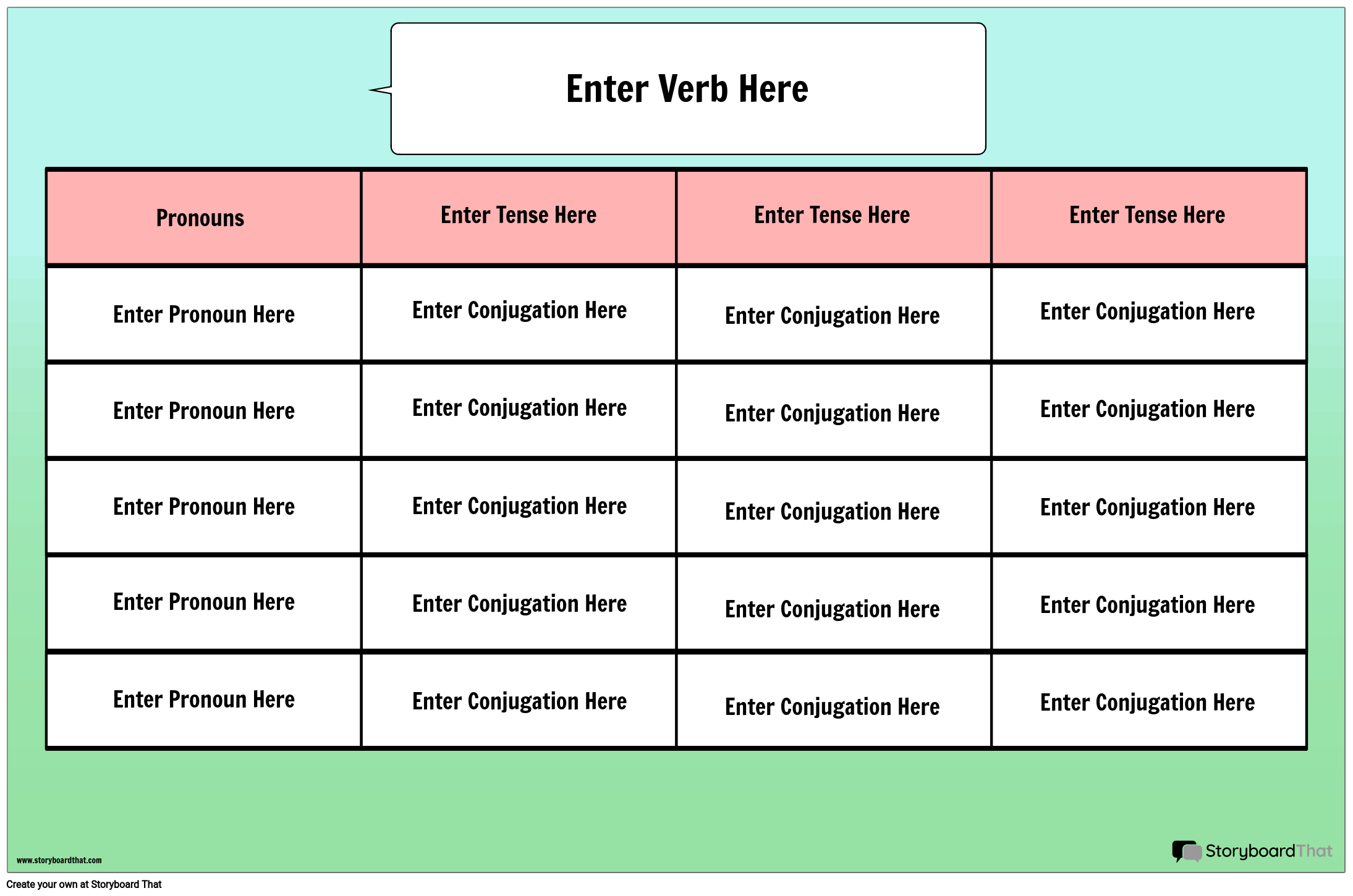Learning verb conjugation in English can be a challenging task for many language learners. Understanding how verbs change based on tense, person, and number is essential for effective communication. A verb conjugation chart can be a helpful tool to assist in mastering this aspect of the English language.
By using a verb conjugation chart, learners can easily see how verbs change across different forms. This visual representation can aid in memorization and understanding of verb patterns. Whether you are a beginner or an advanced learner, a verb conjugation chart can be a valuable resource to improve your English language skills.
Verb Conjugation Chart English
Here is a basic verb conjugation chart for the verb “to be” in English:
| Subject | Present | Past | Future |
|---|---|---|---|
| I | am | was | will be |
| You | are | were | will be |
| He/She/It | is | was | will be |
| We | are | were | will be |
| They | are | were | will be |
Verb conjugation in English also includes other tenses such as past continuous, present perfect, and future perfect. Each tense has its own set of rules for conjugating verbs. By referring to a verb conjugation chart, learners can easily identify the correct form of the verb to use in a sentence.
Practice is key when it comes to mastering verb conjugation in English. By regularly using verb conjugation charts and practicing with different verbs, learners can improve their accuracy and fluency. Consistent practice will help reinforce verb patterns and make it easier to recall the correct conjugations in conversation.
In conclusion, a verb conjugation chart is a valuable tool for English language learners to improve their understanding of verb forms. By using a chart to visually see how verbs change based on tense, person, and number, learners can enhance their language skills. Incorporating verb conjugation practice into your language learning routine will help you become more confident and proficient in using verbs correctly in English.
